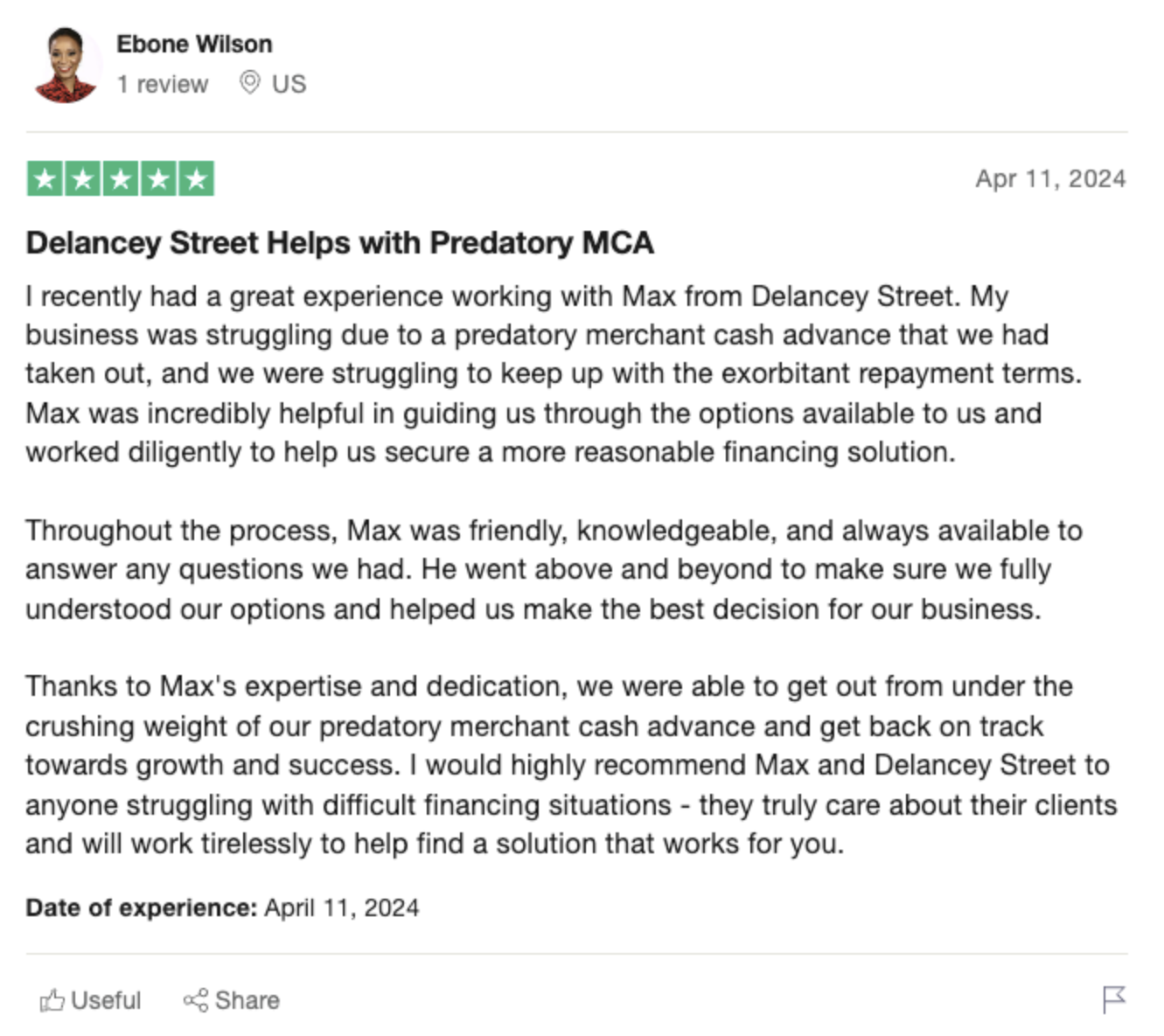Income and Asset Requirements for Debt Settlement Programs
If you’re struggling with high amounts of debt, a debt settlement program may seem like an attractive option. These programs claim to negotiate with your creditors to reduce the total amount you owe. But debt settlement is not for everyone – these programs have strict income and asset requirements you’ll need to meet to qualify.
This article will explain the key eligibility criteria for debt settlement programs. We’ll also look at pros and cons of these programs and alternatives you may want to consider. Let’s dive in!
 -
-What is Debt Settlement?
Debt settlement, also known as debt relief or debt adjustment, involves negotiating with creditors to settle accounts for less than the full balance owed. For example, if you owe $10,000 on a credit card, the debt settlement company may be able to get the creditor to accept a lump sum payment of $4,000 and consider the debt settled.
To do this, the debt settlement program will work with you to stop making payments on your debts temporarily. During this time, you’ll save up funds in a dedicated account to eventually make the lump sum settlement offers.
The premise is that creditors will be motivated to accept the reduced payoff rather than risk nonpayment if you were to default.
Minimum Debt Requirements
One key eligibility factor for debt settlement is having a minimum amount of debt. Programs often require at least $7,500 – $10,000 in total unsecured debt to enroll, but some may accept lower amounts[1].
 -
-This minimum debt threshold ensures it’s worthwhile for the debt settlement company to take on your case. The more total debt you have, the more potential there is for them to negotiate discounts and collect their fees.
While debt settlement companies market their services to people with relatively high debt burdens, nonprofit credit counseling agencies can provide debt management services even if you only owe a few thousand dollars. They have no minimum debt requirements[2].
Income Requirements
To qualify for debt settlement, you’ll also need to have regular income. Programs want to see you have enough income coming in each month to afford living expenses and make the monthly contributions to your settlement account.
Exact income requirements vary by program, but you generally need to document steady provable income. This ensures you’ll be able to save up adequately for making settlement offers down the road.
With debt management plans from nonprofit credit counseling agencies, you similarly need enough income left after expenses to afford a reduced monthly payment to creditors. There is no specific income threshold, but you do need sufficient income to support a repayment plan[2].
 -
-Asset Requirements
For debt settlement and other alternatives like bankruptcy, you usually can’t have too many assets if you want to qualify. Things like valuable property, luxury items, and substantial cash savings make it appear you have enough resources to repay debts yourself.
Debt relief programs want to see you truly can’t afford your current debt payments and have no choice but to seek a reduced settlement or bankruptcy discharge.
While every situation is different, you generally want to avoid having more than $5,000 or so in available cash savings/assets if pursuing debt settlement. Otherwise, creditors may expect you to liquidate those assets rather than accept a reduced payoff.
 -
-Ability to Pay
In addition to documenting income, debt settlement programs will look at your overall ability to pay by analyzing your monthly expenses. You’ll provide details on things like:
- Housing costs
- Car payments
- Insurance premiums
- Child care and other expenses
The goal is to verify you don’t have enough disposable income left each month to maintain minimum payments on your debts. This helps justify the need for debt relief through settlement.
As a rule of thumb, debt settlement programs want to see that your total monthly debt payments exceed 50% of your gross income. This monthly debt-to-income ratio indicates paying off what you owe through normal channels may be unaffordable.
The Debt Settlement Process
If you meet the income, asset, and ability to pay requirements, here is a general overview of how debt settlement works:
- You’ll stop making payments to your creditors and allow accounts to go delinquent.
- Each month you’ll contribute agreed upon funds to a dedicated savings account.
- After several months, the debt settlement company approaches creditors to negotiate a reduced lump sum settlement.
- If the creditor agrees, you’ll pay the settlement amount from your savings within 30-90 days.
- The creditor discharges the remaining balance owed.
This process can take anywhere from two to four years to complete depending on your unique circumstances. Be prepared for a lot of persistence and patience!
The Pros of Debt Settlement
If you meet the eligibility criteria for a debt settlement program, there are some potential advantages to explore:
- You can settle debt for less than you owe. Debt settlement companies may negotiate discounts of 40% to 60% off your balances.
- The process can help you avoid bankruptcy. Settling debt lets you resolve what you owe without the long-term impact of bankruptcy on your credit.
- Settlements result in accounts being marked “Paid in Full.” While your credit score will still take a hit, settled accounts won’t show an unpaid balance.
- You can become debt-free more quickly. If successful, debt settlement shortens the repayment timeline compared to other options.
- Interest and late fees may be waived. Creditors may stop accruing interest when you enter a settlement program.
Those benefits make debt settlement sound very enticing. However, there are also important downsides and risks to consider.







